"How to choose a portable solar power station" is one of the most common questions when looking at backup and mobile power options. Up until the last couple of years, there weren't many options. But now, there are an incredible number of options, and it can make it challenging to understand what brand and unit to choose.
This guide for choosing a portable power station will make it easy to understand what specs to look for when choosing a portable solar generator. The first thing to consider is what needs to be powered from the power station. Then from there, the inverter output rating, battery capacity, solar rechargeability, future expandability, and system longevity are all important factors.
What to Run?
This is the first point to be looked at when reviewing portable power stations. There will be a significant difference in what system to go with depending on what it needs to power. If the portable solar power station needs to run a refrigerator, WiFi, and a phone, that is relatively easy. But if it needs to run 3 fridges, 2 freezers, WiFi, a tv, chargers for multiple devices, a sump pump, a well pump, a furnace blower, fans, lights, and medical equipment, then a much more extensive system is required.
Most people need to run a fridge, freezer, a few lights, a fan, and mobile device chargers. A system of that size would need at least a 1,000w inverter, a 3,600wh battery, and about 800w of solar input to work correctly. This system can work as a standby power source whenever the power goes out.
For people who need a more extensive system such as running 2 fridges, 2 freezers, WiFi, tv, well pump, sump pump, and the other things mentioned earlier, the system will be much more significant. It would require 240v power for the well pump. It would need a large inverter output for all the appliances and devices running. And a substantial solar input to recharge that whole system in a single day while still running that equipment.

Inverter Output
An inverter is a large microchip that converts battery voltage to household voltage. Battery voltage is not suitable for running household devices. Typical battery voltages in portable solar power stations are 12v, 24v, and 48v. The voltage that comes out of a standard house outlet is 120v. If a kitchen appliance, such as a microwave, does not have the correct voltage going into it, it will either not work or get damaged.
Some appliances or devices use 240v power, such as well pumps, air conditioners, electric water heaters, electric stoves/ovens, electric clothes dryers, and electric furnaces. If any of those appliances need to be powered, then the inverter must be capable of handling that much voltage. Typically, with portable solar power stations, it'll be necessary to have two inverters to make 240v power since it is called "split phase power." Essentially, each inverter makes one "phase" of power, and having two of them together makes it possible to split or oppose them to work appropriately with 240v appliances.
But in the case of portable power stations, it's unnecessary to worry about that because those features are already built into the system, making it easier for the end user.
Most power stations will make 120v power which means you can connect anything to it that would connect to a typical house outlet, and it should work without any difficulty. The only thing to consider is how powerful the inverter should be. All that's necessary is to find out how many watts the devices use that will be used on the system.
A refrigerator typically uses about 400w when running. An LED light bulb will typically use 14w when running. A sump pump to keep water out of a basement or yard varies greatly depending on how many watts it operates and how much horsepower it's rated. But a typical pump is around 800w when in use. A toaster, coffee maker, or microwave often uses about 1,300w when running.
Typically, the power rating is listed on a small sticker on every appliance or device, but a quick Google search will also help find how many watts different devices use.
Simply add the total wattage of what would be running at one time, showing how many watts the inverter should be rated to. If a fridge, coffee maker, and microwave run simultaneously, the inverter must be rated at least 3,000w. 400w for the fridge, 1,300w for the coffee maker, and 1,300w for the microwave.
But that is only one part of the equation. The next question is, how long can all essential equipment run before the energy runs out?
Battery Capacity
A large enough inverter to run all the essential devices necessary is important, but the battery will determine how long those devices can run. The inverter could be considered a car engine, and the battery can be viewed as a fuel tank. The larger the fuel tank, the longer it will drive.
It is perplexing to figure out how big a battery is necessary for a portable solar power station. There are very confusing terms like volts, amps, watts, amp-hours, ohms, watt-hours, etc. That is why companies like Yoshino work to help customers figure out what size battery they need to meet their goals. But not only that, they make power stations that can add extra batteries to match whatever the battery capacity needs are.
To determine the necessary battery capacity, it's best to work in terms of "watt-hours." Watt-hours refer to the total battery capacity, like a fuel tank is measured in gallons for size. To know how much battery is necessary, determine the average amount of watts used by the devices running from the power station and how many hours they will run constantly.
For example, a refrigerator uses about 400w when running but will only run for about 15 minutes every hour. Since 15 minutes is 25% of one hour, we will take 25% of the 400w the fridge uses when running, and we get the outcome of watt-hours. 400w ÷ 25% = 100wh. This means the fridge will consume about 100wh of battery capacity for every hour the fridge runs. If there are two fridges, they will use about 200wh per hour. If there is one fridge to run, and I want to run it for 24 hours non-stop, then a 2,400wh battery is necessary to make that happen.
But the power can often be out for more than 24 hours, and the essential appliances must keep running. That is why portable power stations' solar input and rechargeability are crucial.
Recharging
Most power stations will recharge in one of two ways. One, from a wall charging cable, or two, solar panels. For long-term power outages, it's best to have solar panels adequate to the system's power needs. Just like watts used for one hour will show the total watt-hours consumed off of a battery, watts produced from solar panels for one hour will show the restored energy back to a battery.
A 100w solar panel in the sun for 5 hours will make 500wh of power that goes back into the battery. There is an average of 5 solar peak hours per day in the USA. Depending on geographic location, it varies between 4 to 6 solar peak hours, but 5 solar peak hours is an excellent base to work with.
If a fridge uses 100wh per hour from the battery and the battery runs from evening through the morning, it will use about 1,600wh of energy from a battery. To run the fridge through the next night, it's necessary to recharge those 1,600wh back. Solar panels are the next best option if there is no grid power, such as during a blackout or emergency. Since there are 5 solar peak hours in a day, the 1,600wh of energy has to be recharged in those 5 solar peak hours.
In addition to recharging the battery, the fridge must continue running during the day, using 100wh/hr. In order to do this math, take 1,600wh and divide that by the total solar peak hours, which is 5 hours. 1,600wh ÷ 5hrs = 320w from solar panels to recharge the battery. But since the fridge still needs to use 100wh per hour, adding another 100w to the solar input is necessary to cover the refrigerator still running while recharging the battery and bringing the whole solar panel array to 420w as the minimum recommended solar array size.
Conclusion
Once all this basic math is put together, choosing a portable solar power station is easy. Knowing how much power needs to run at any given moment will determine the inverter size. Knowing how many watts are used per hour, and how many hours the battery needs to last will determine the battery capacity. The battery capacity and hourly power usage can appropriately determine the solar input.
Yoshino is dedicated to helping people by providing high-quality, long-lasting, and easy-to-use portable solar power stations. This takes all the guesswork out of assembling a system and making it work for mobile power.
More From Us

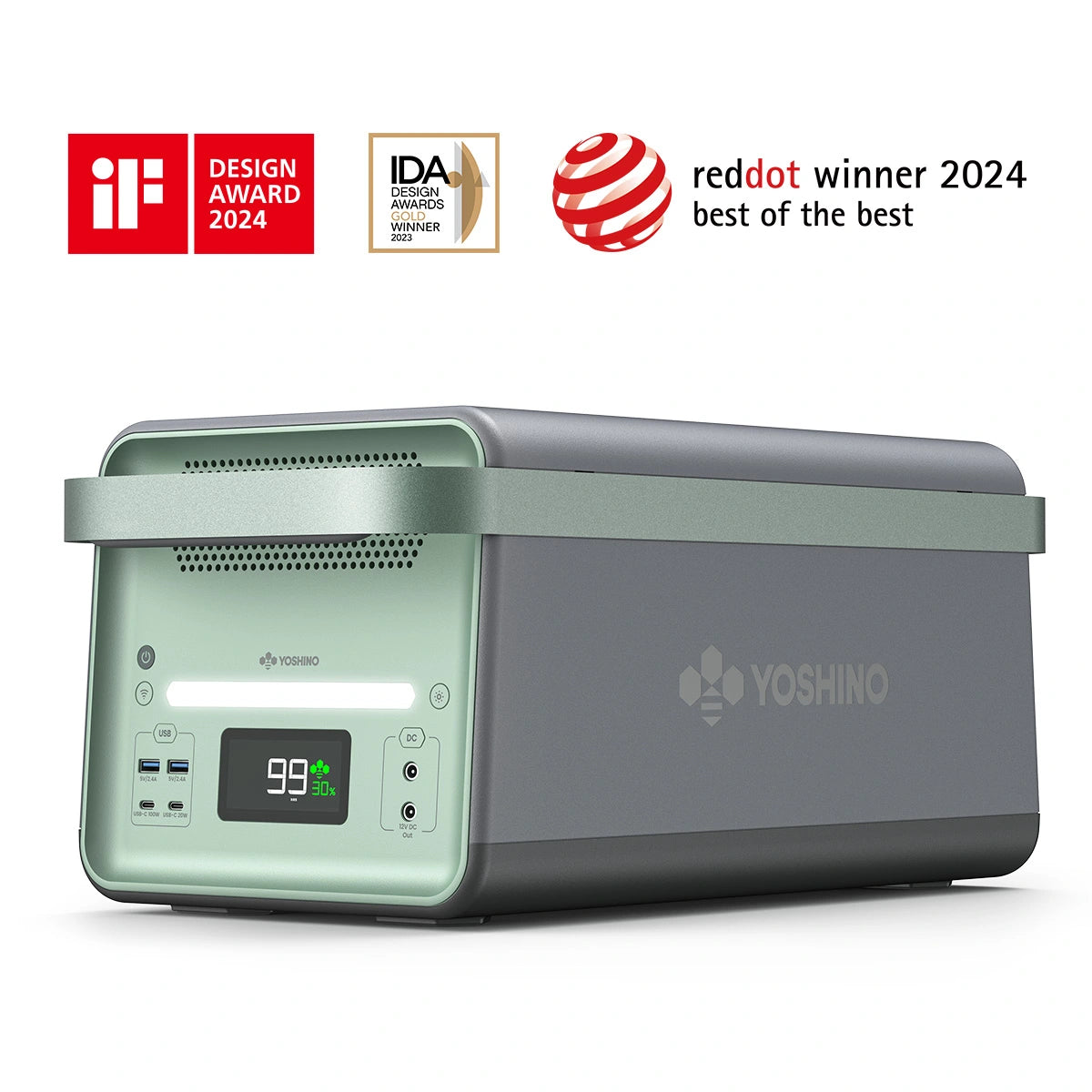
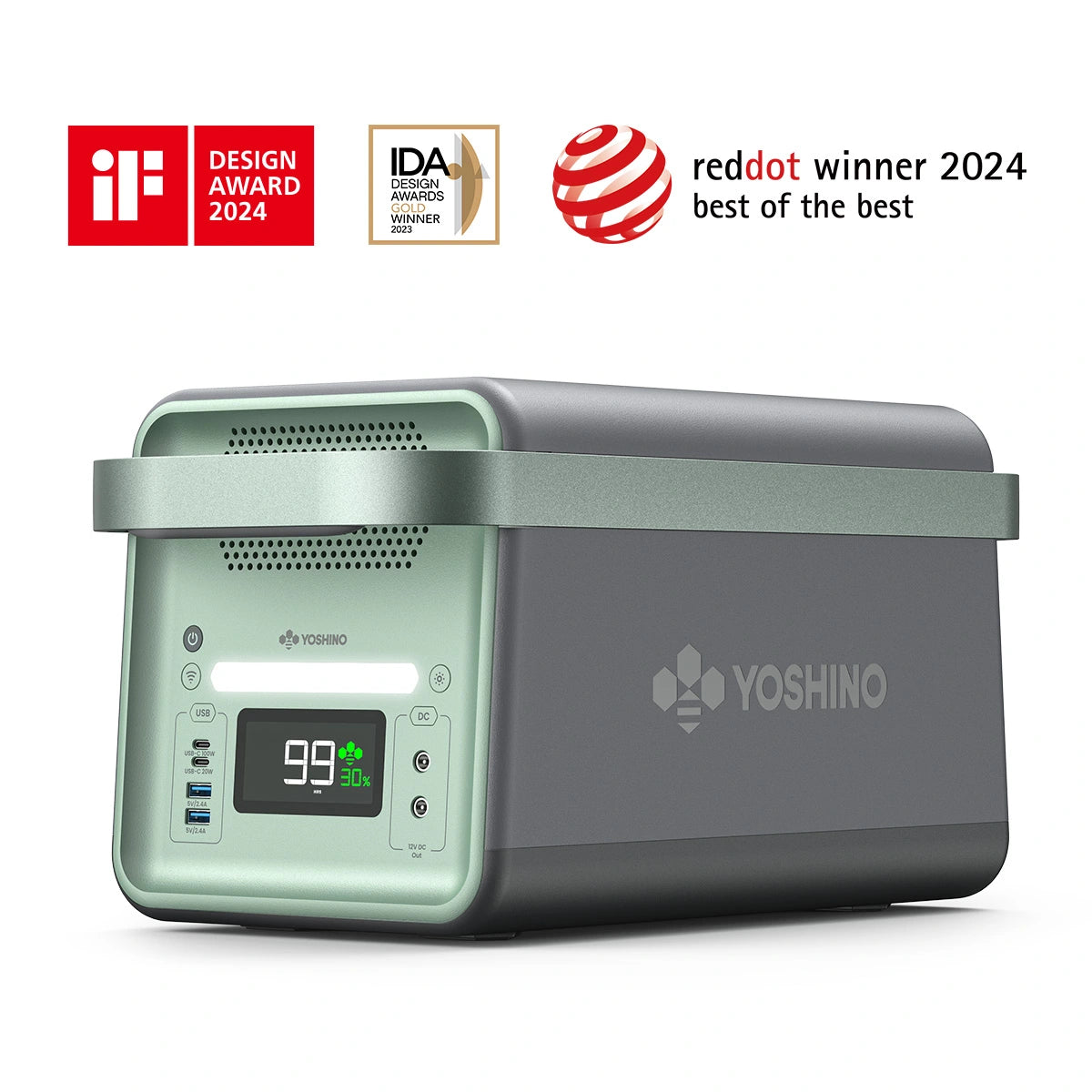
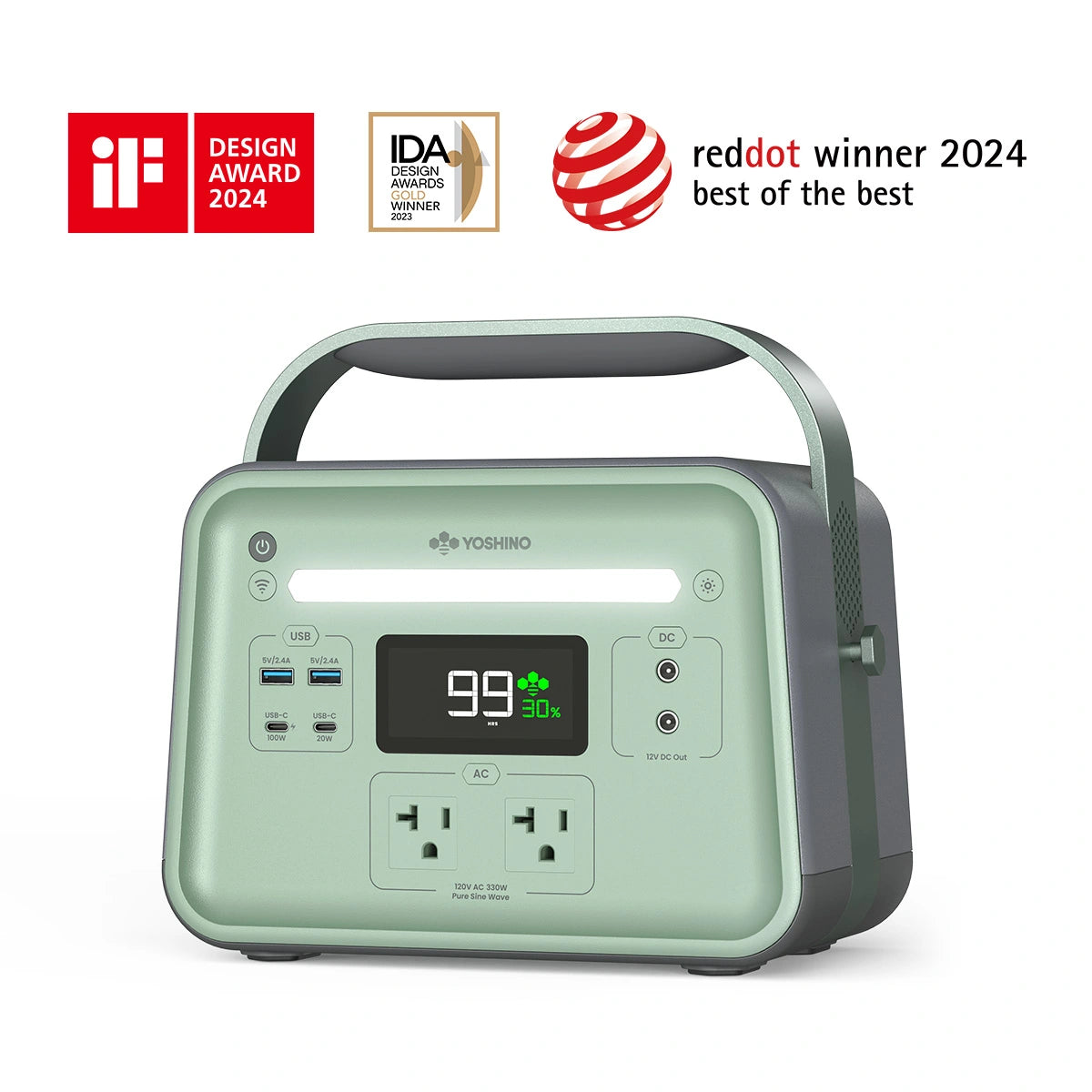
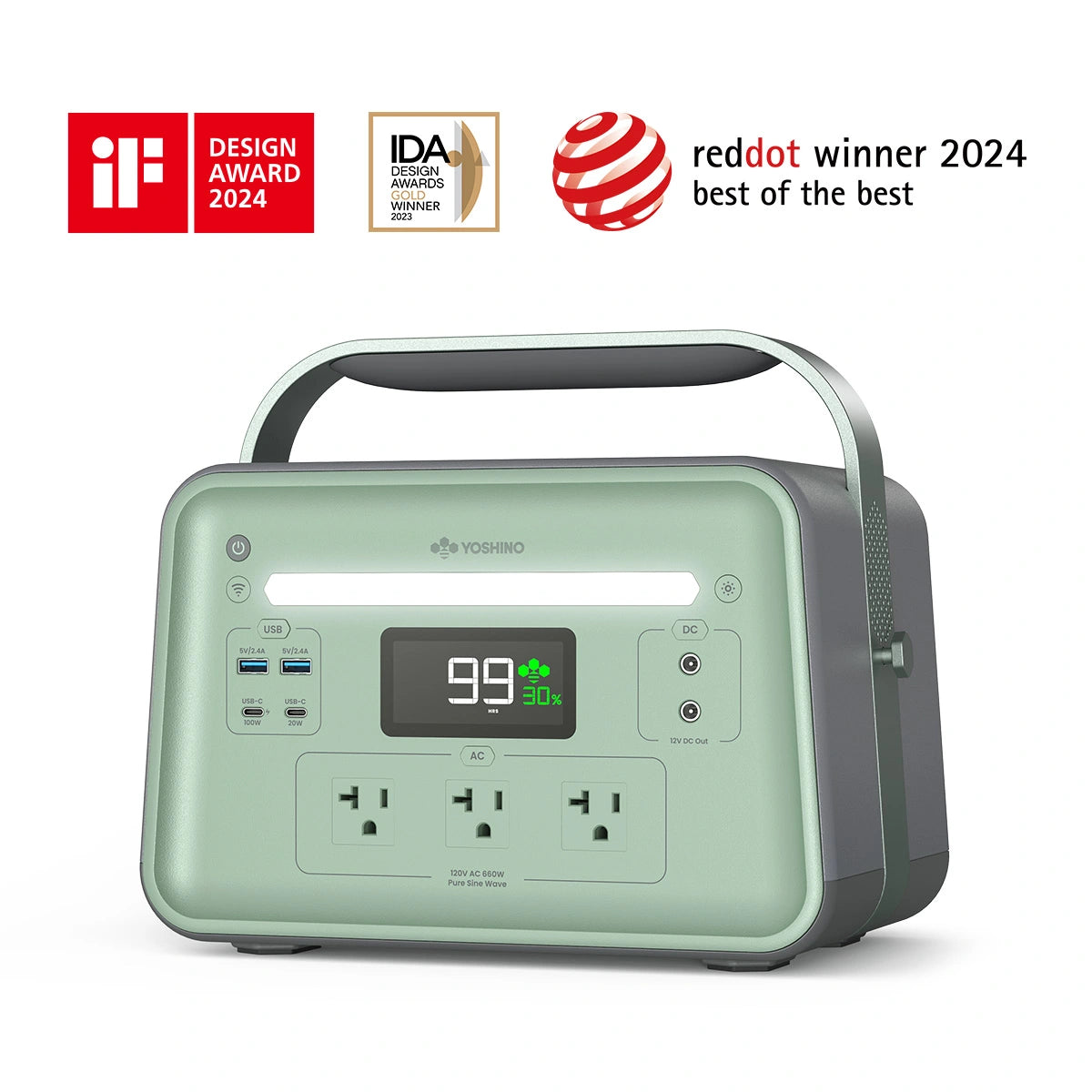
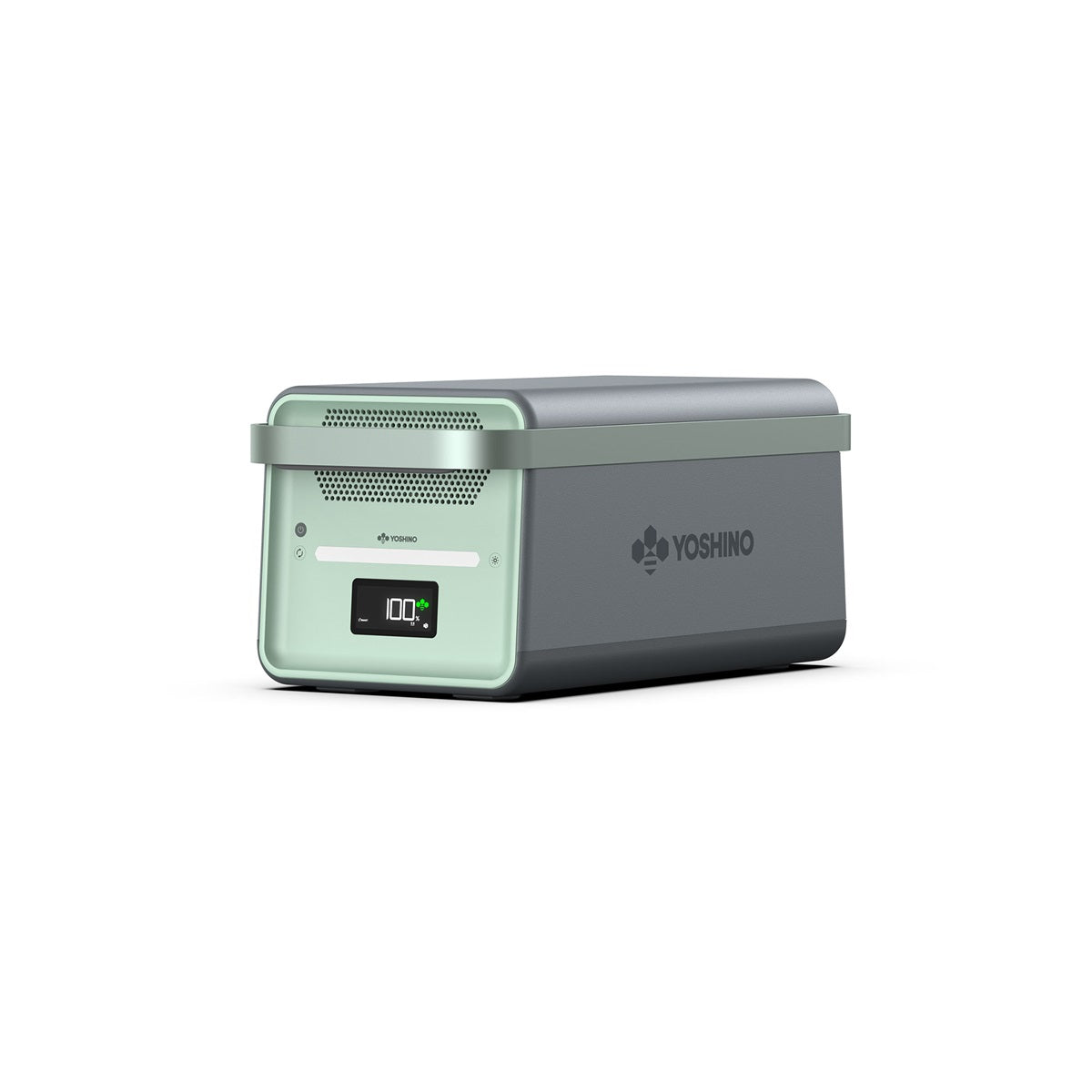
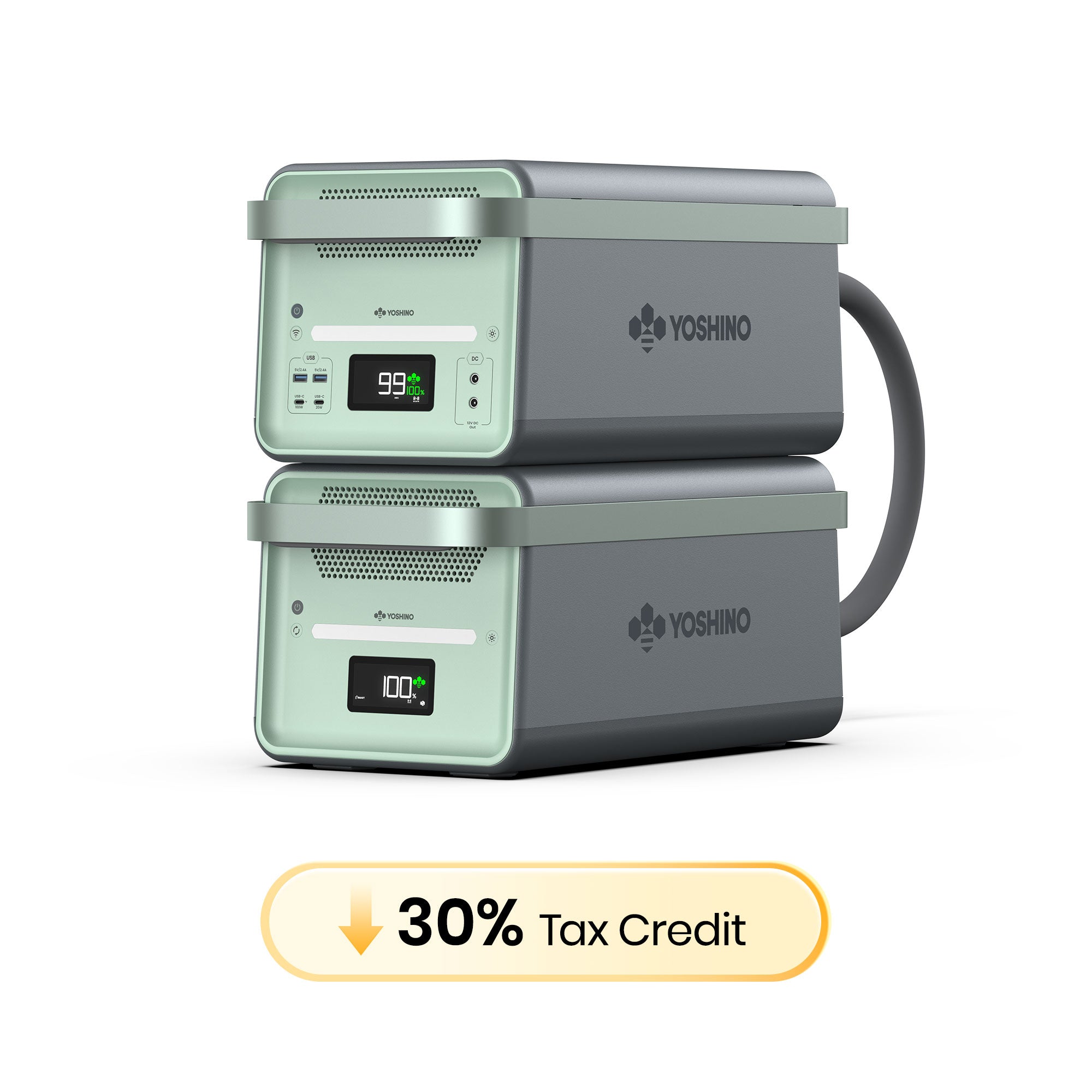
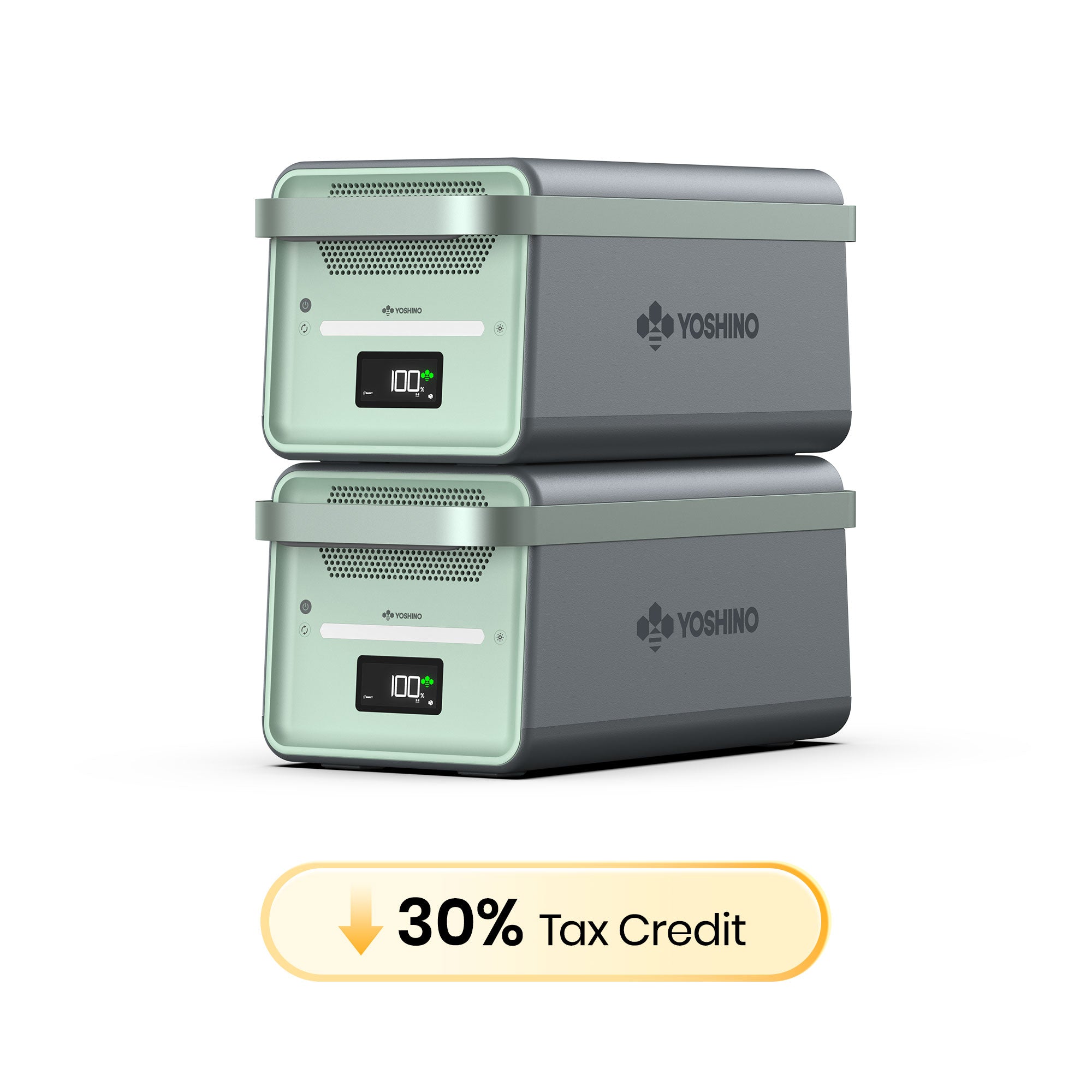
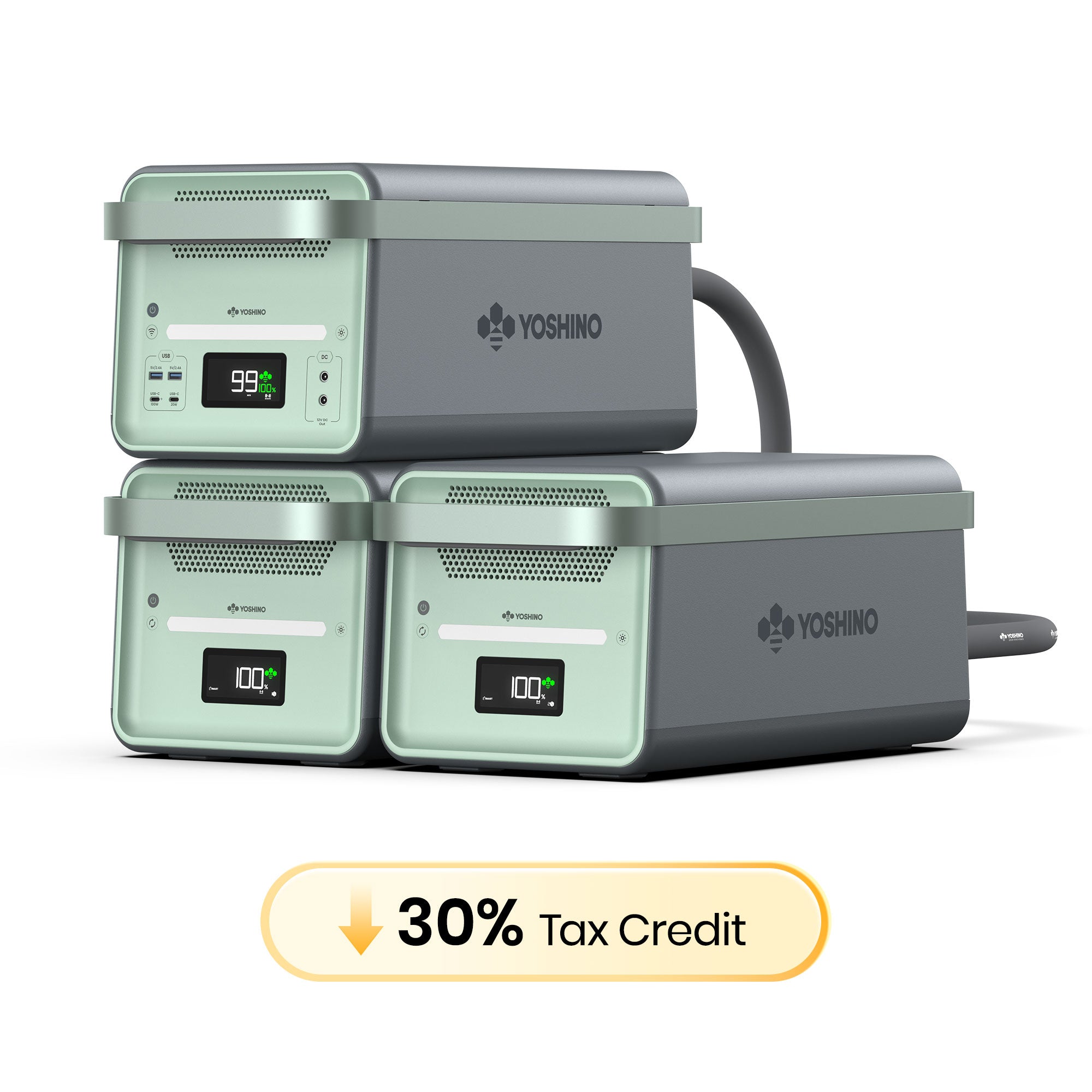
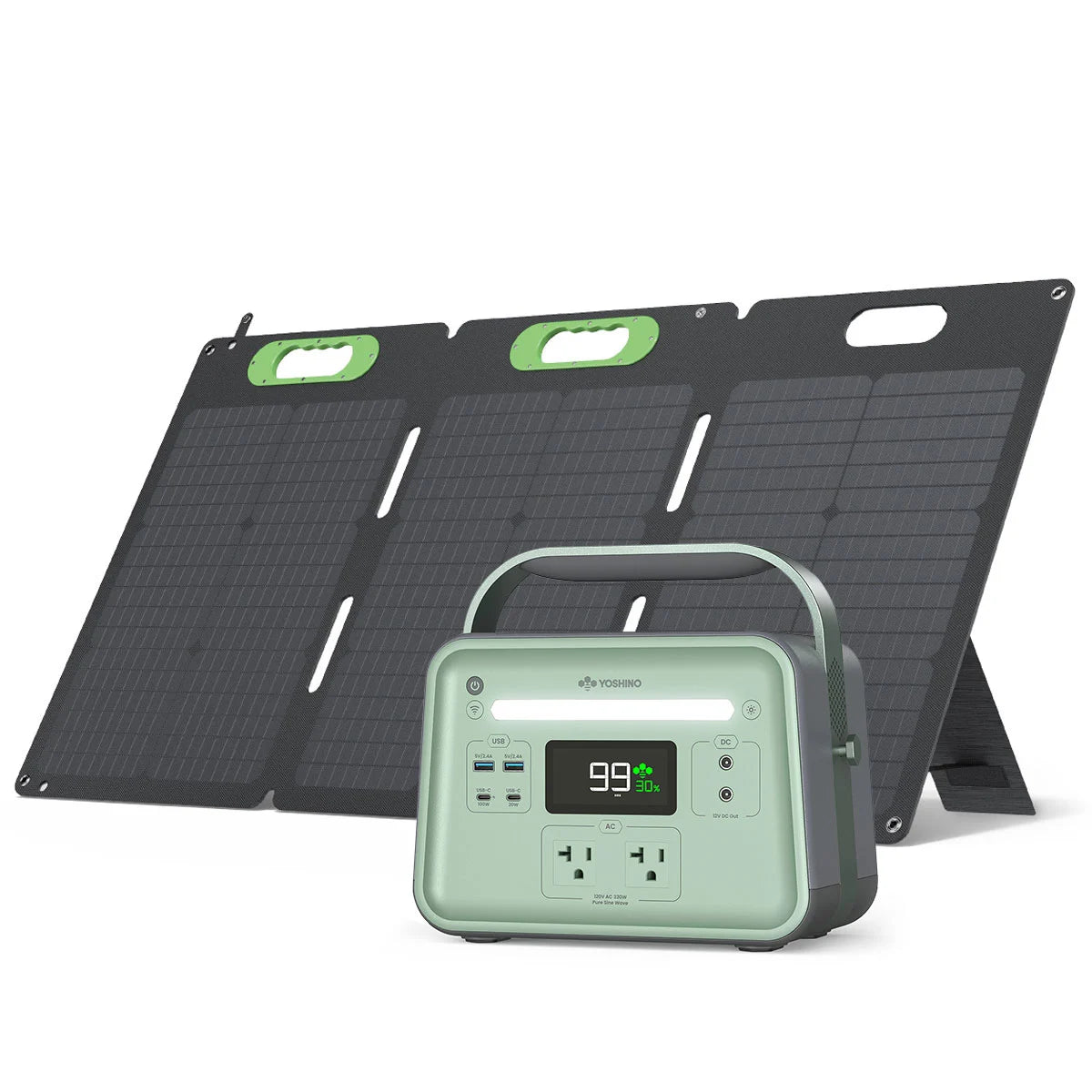
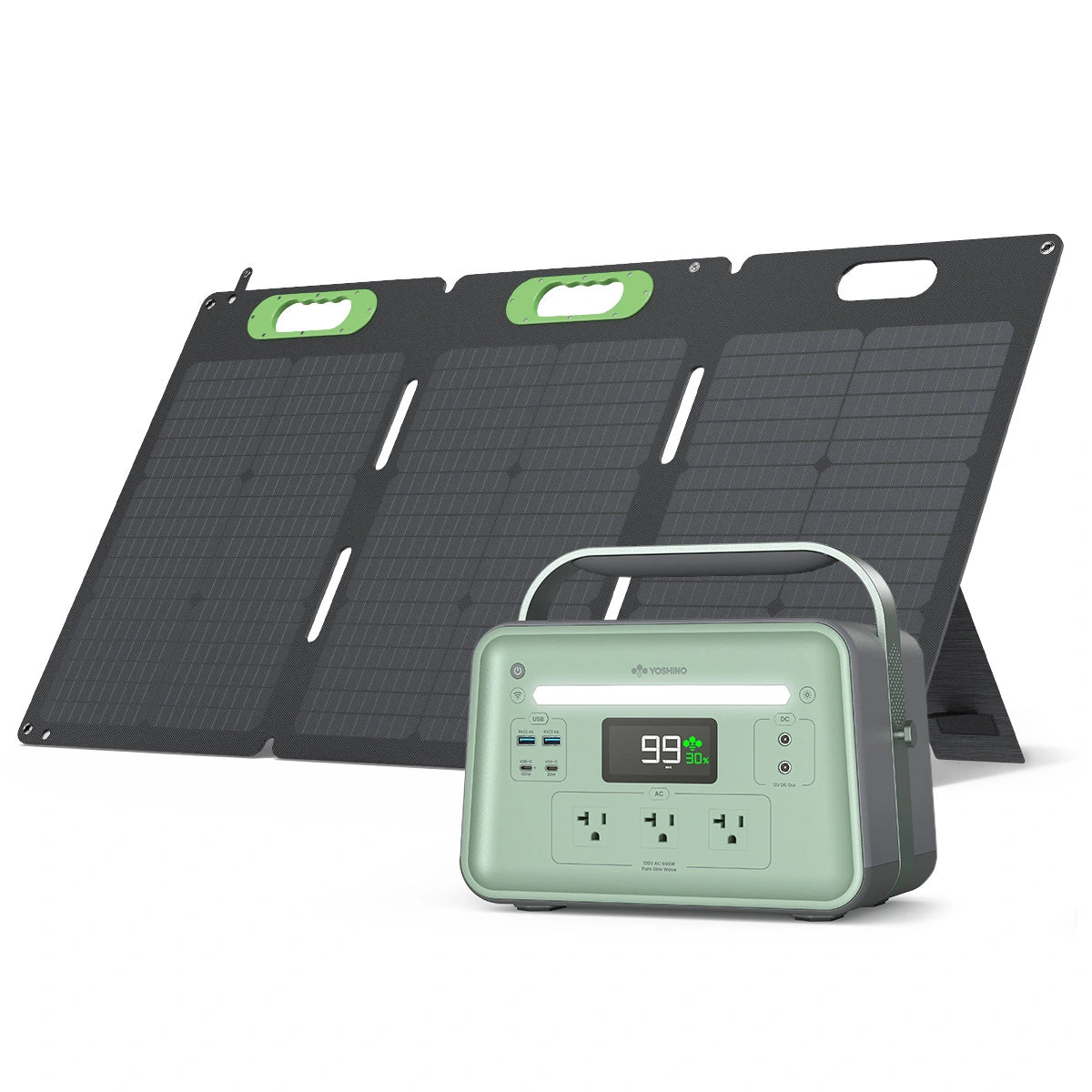
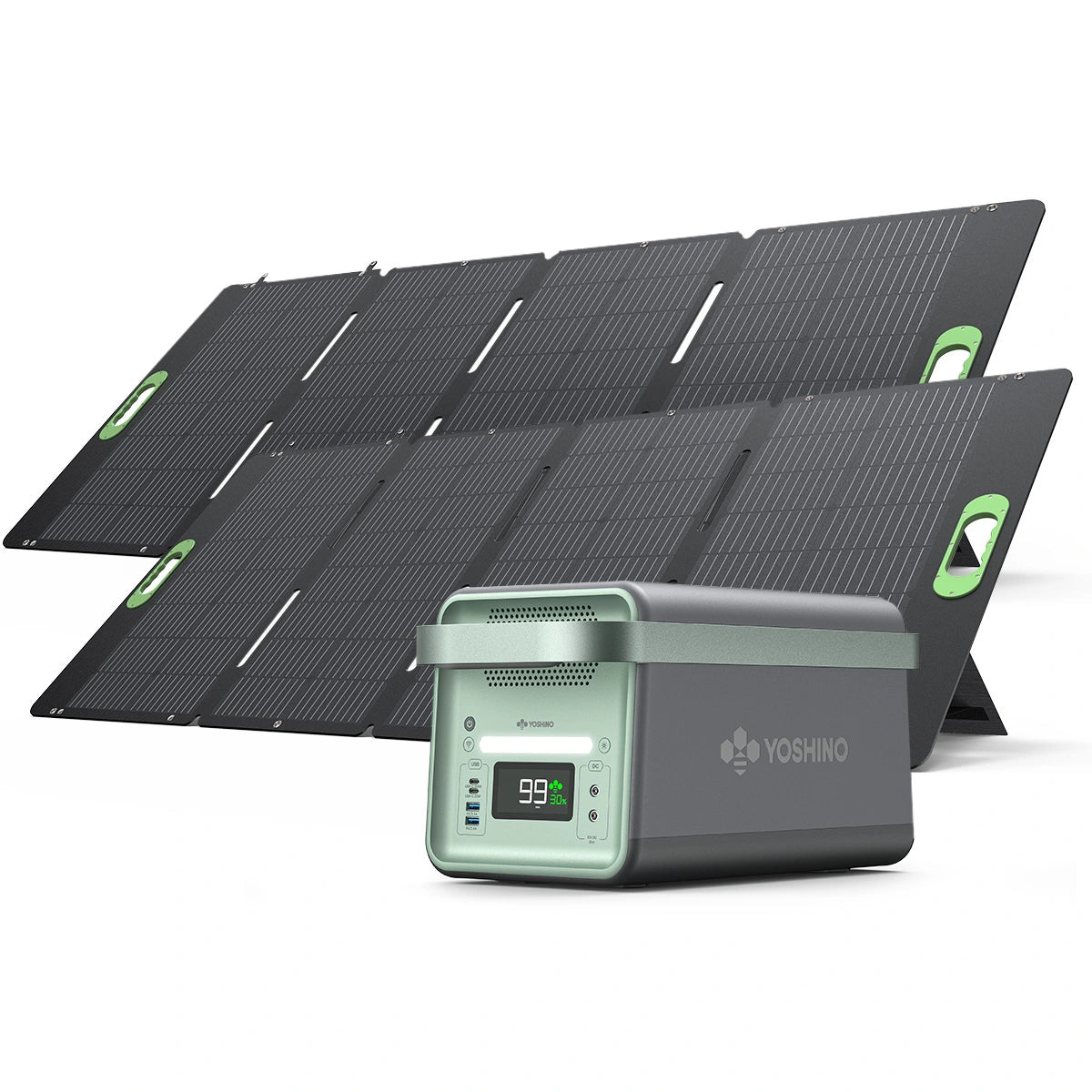
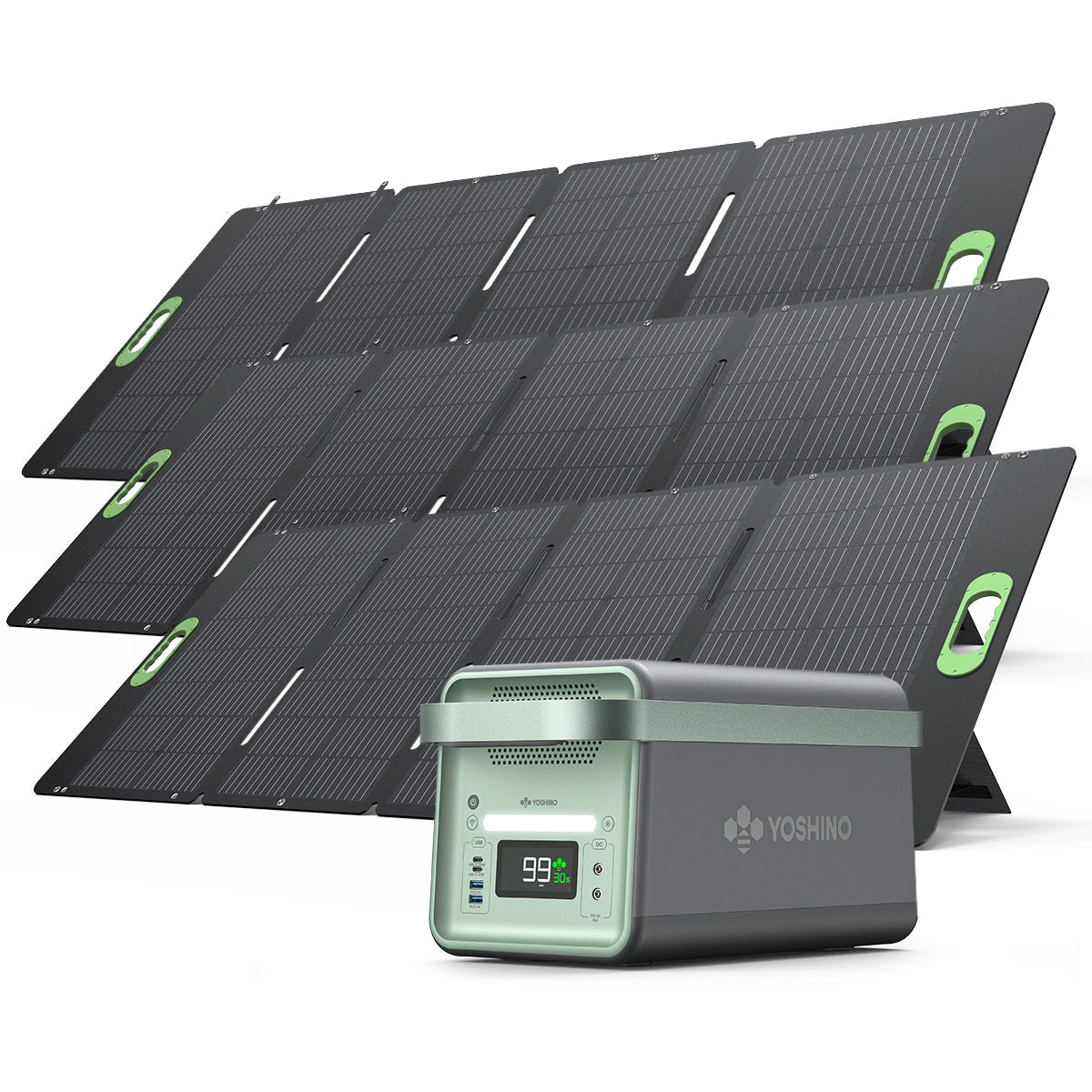
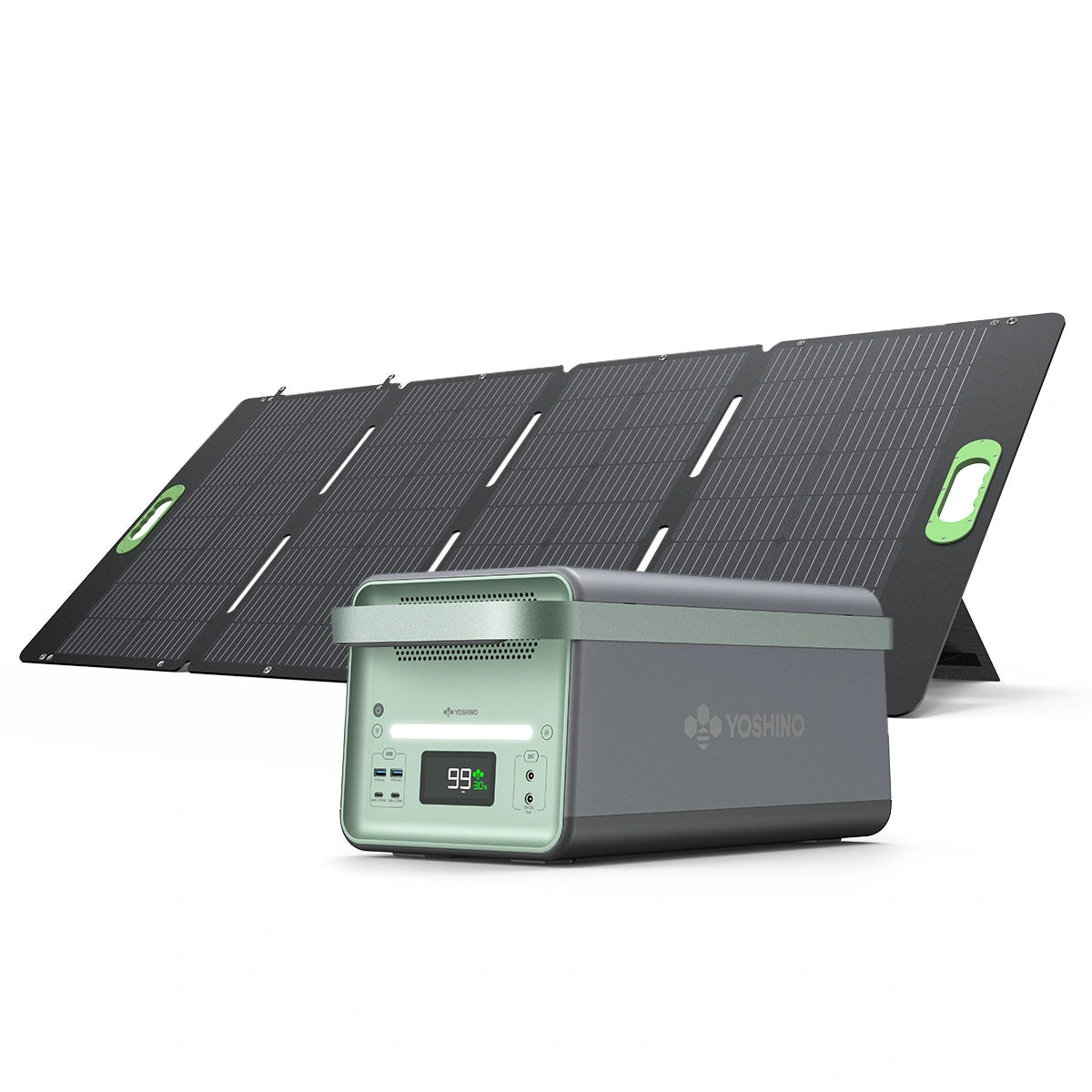
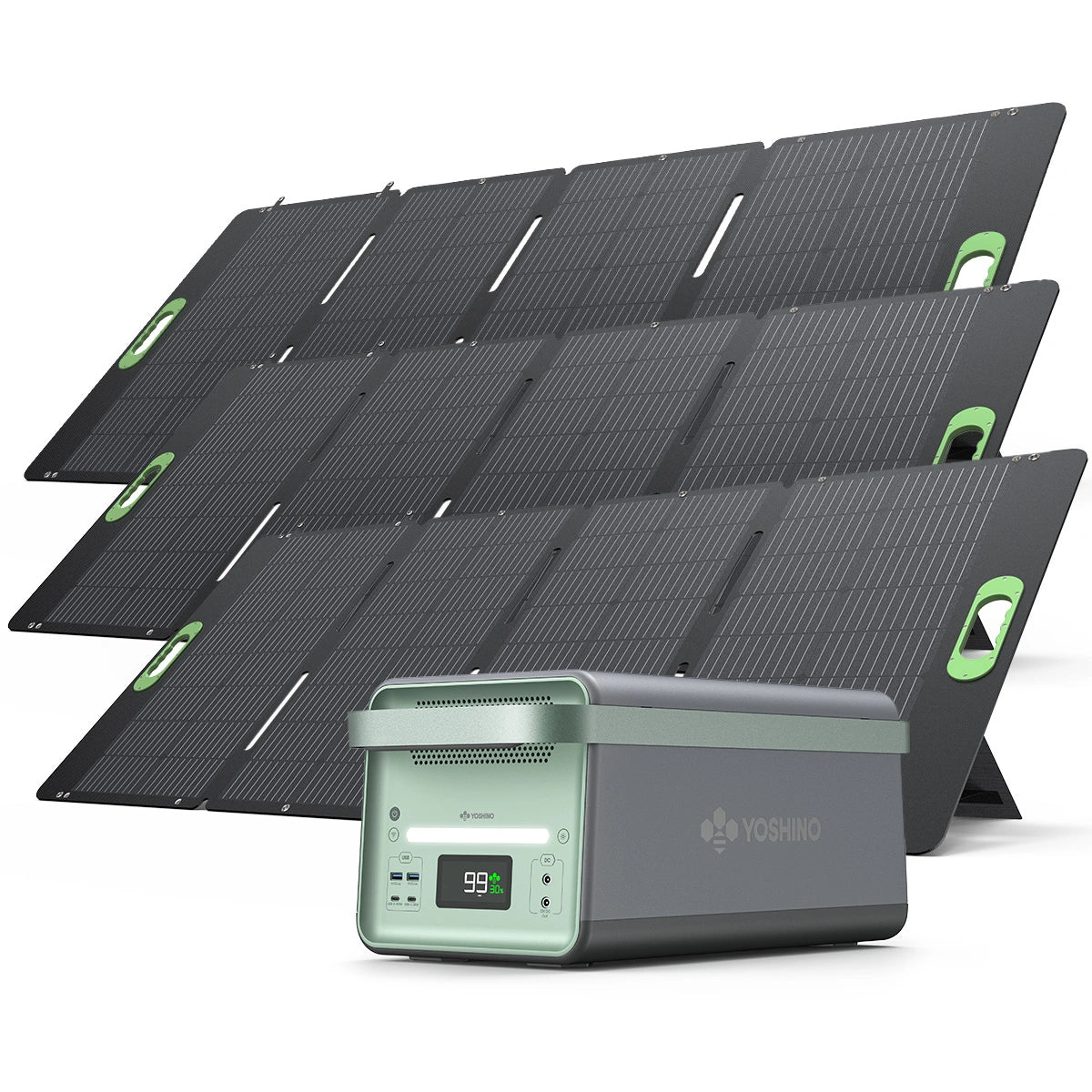
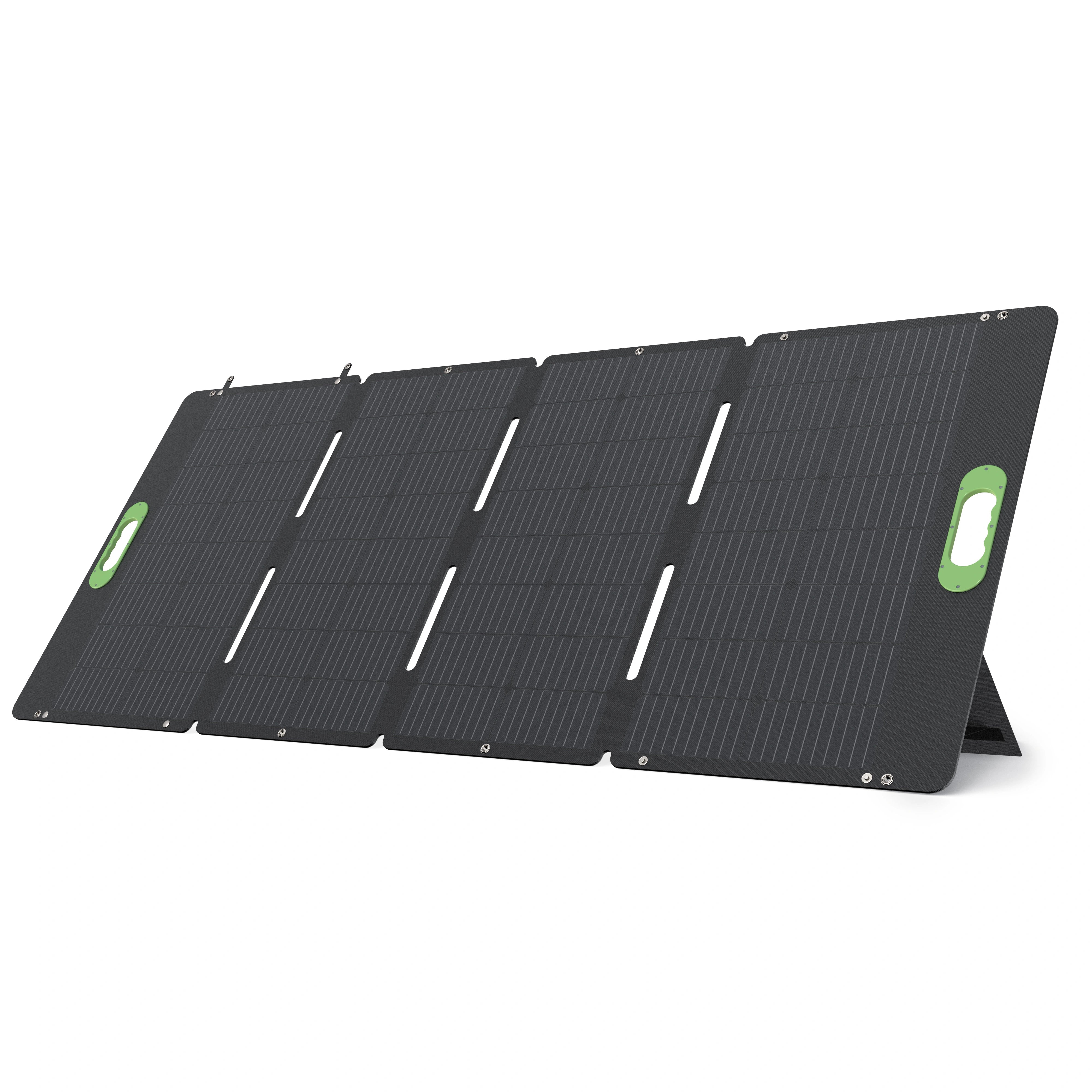
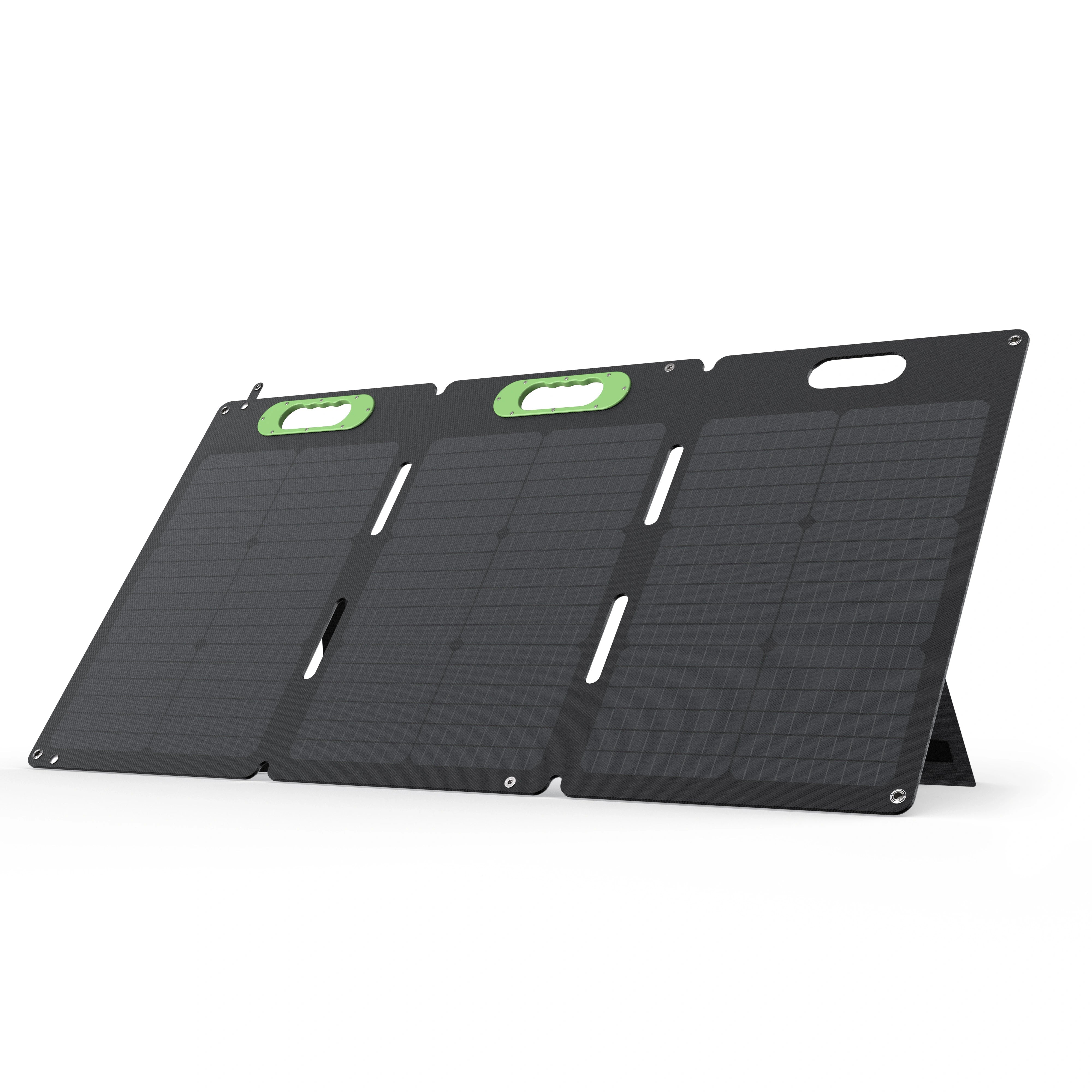

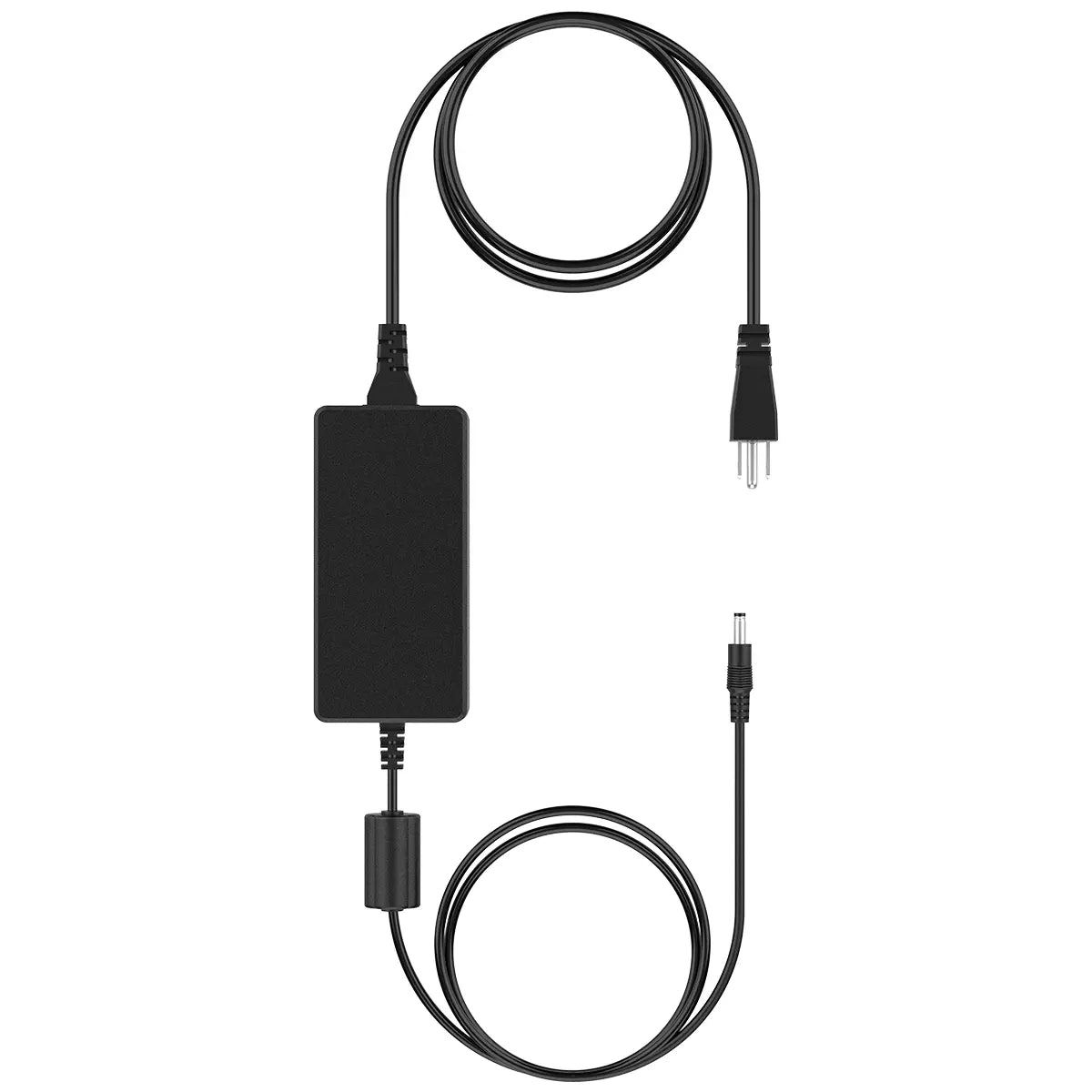
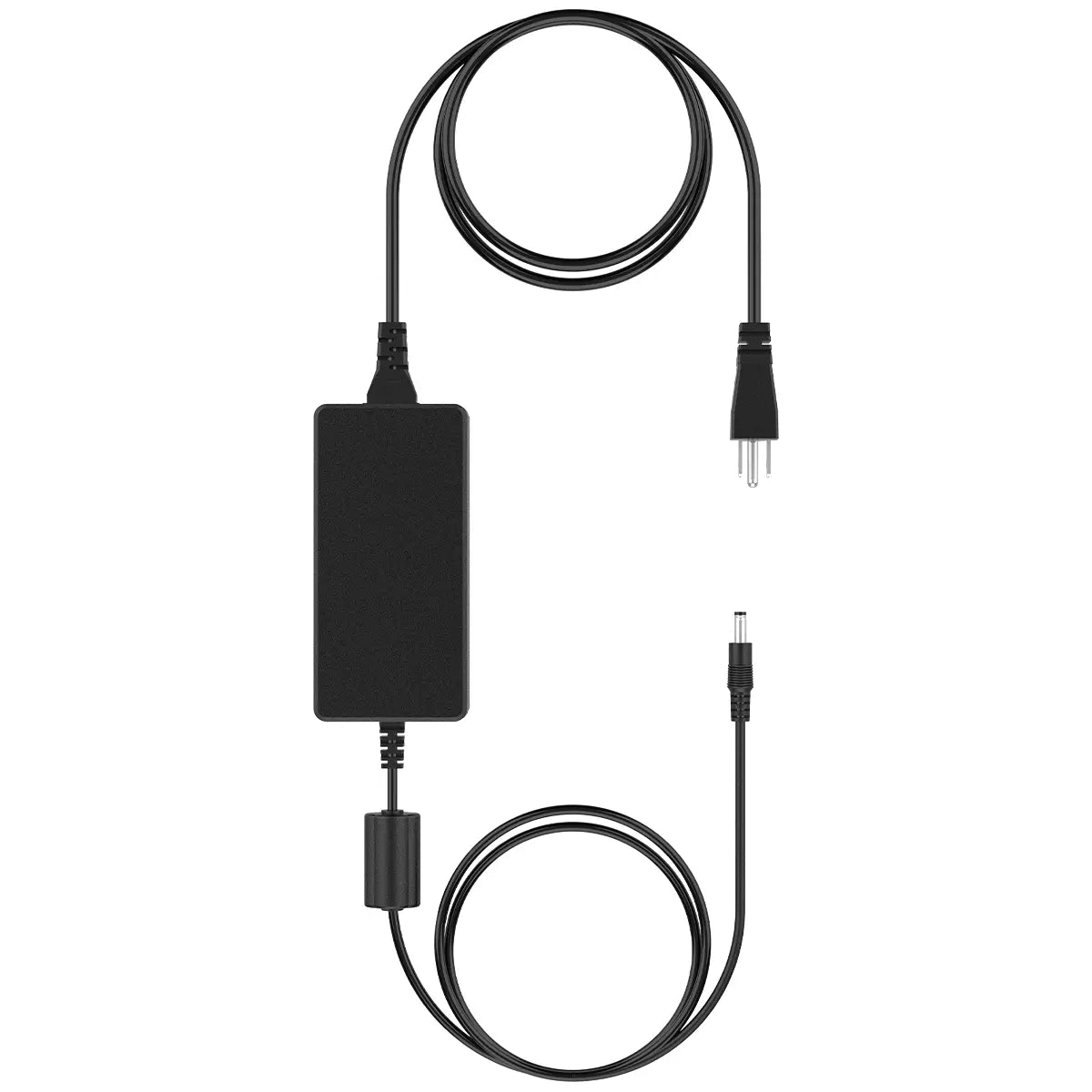
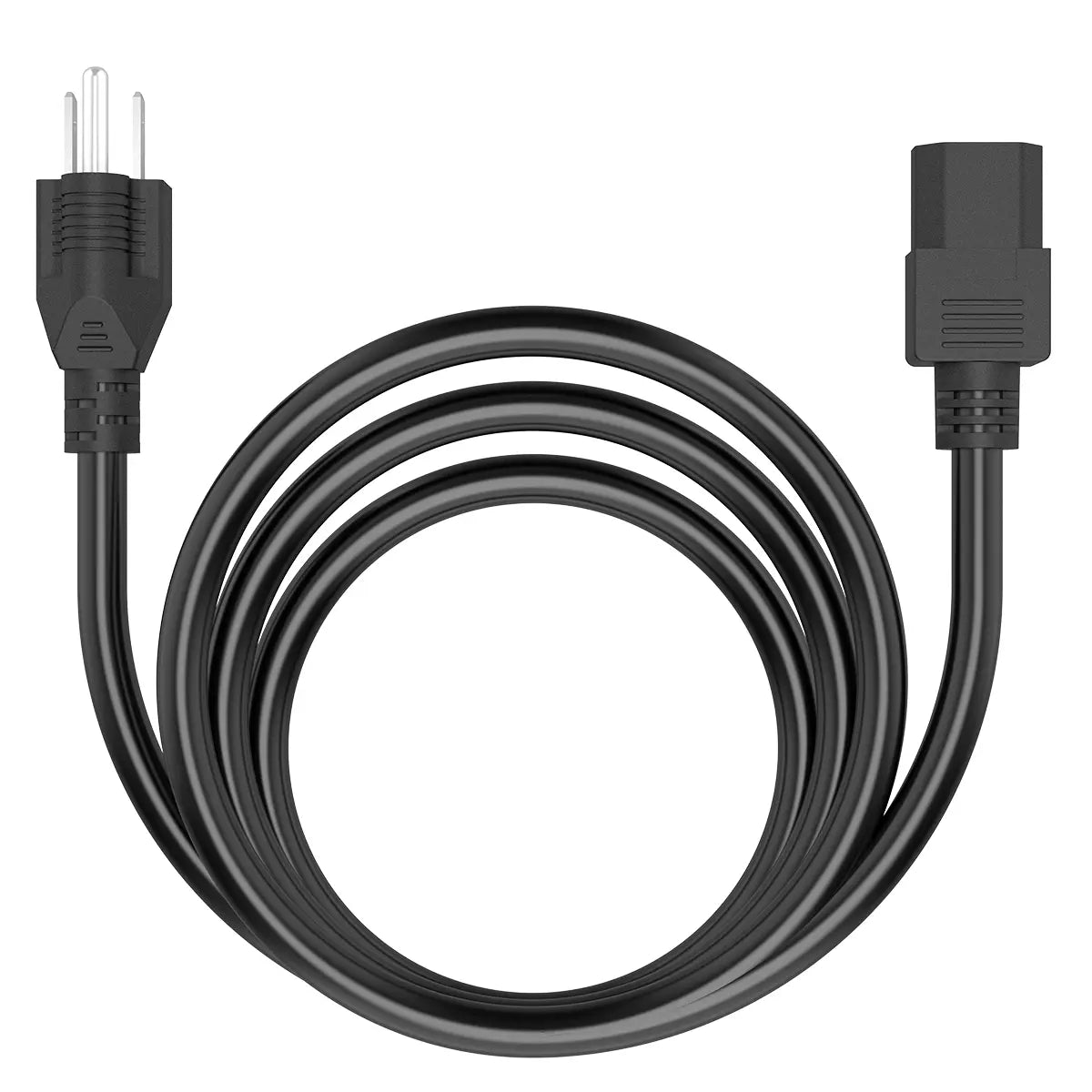
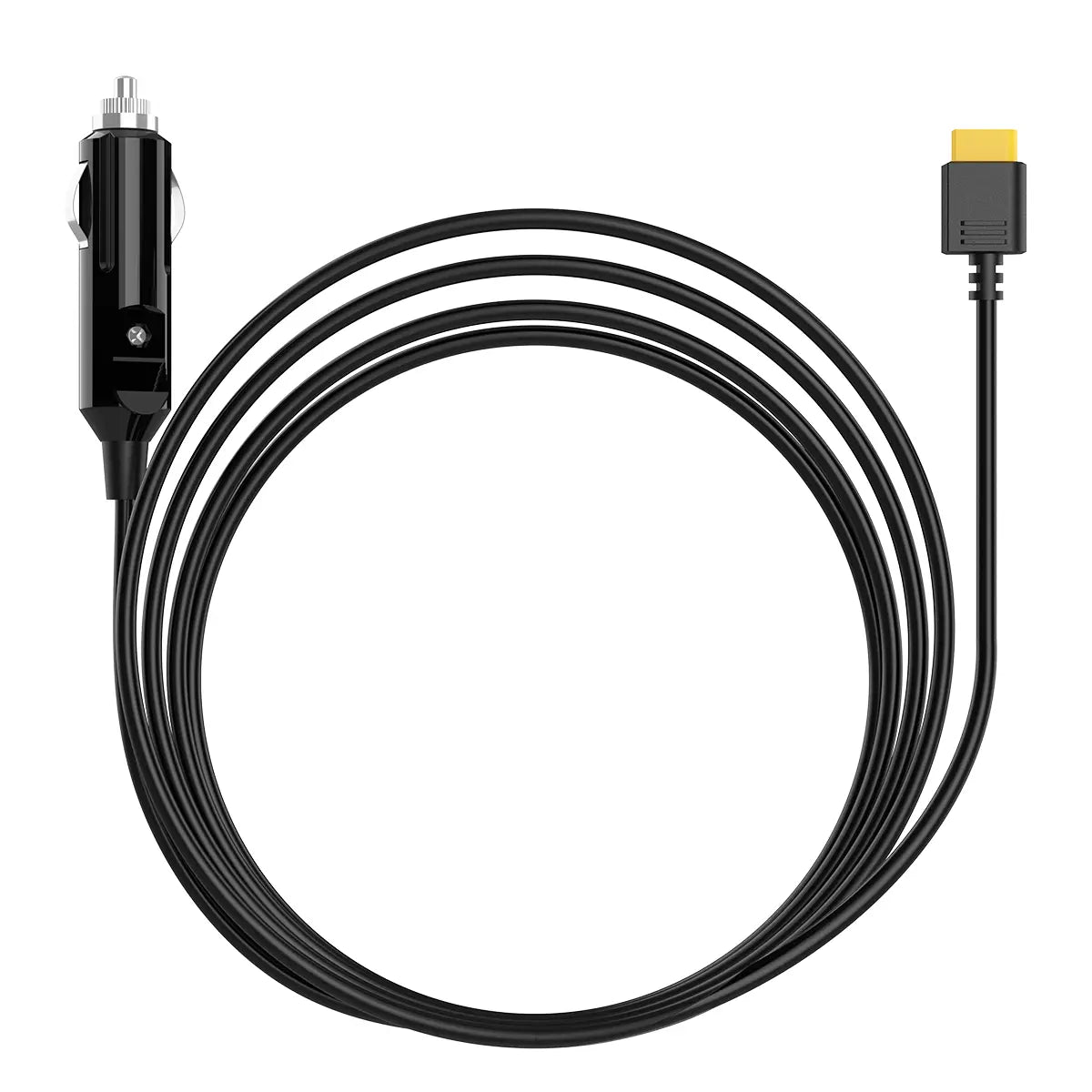
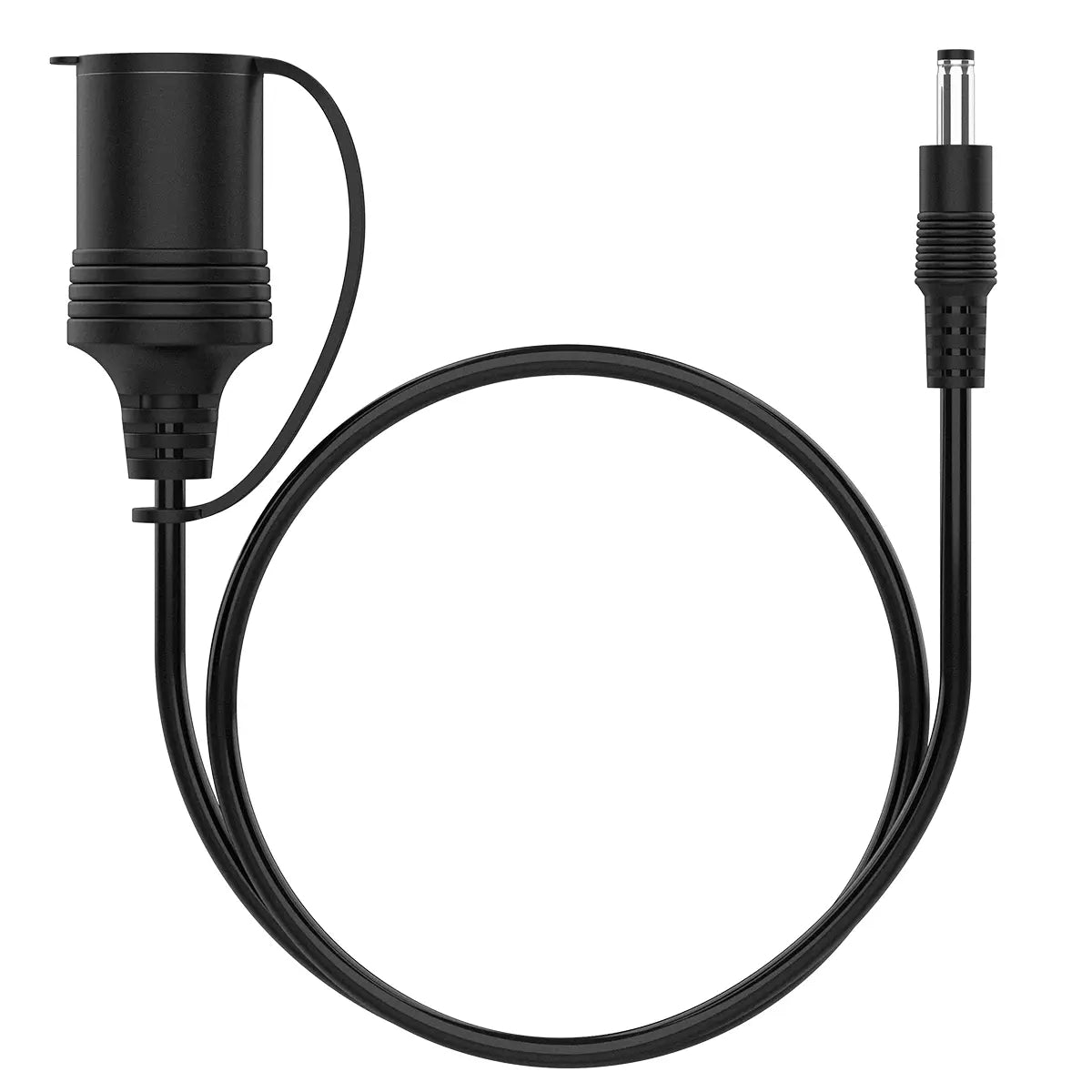
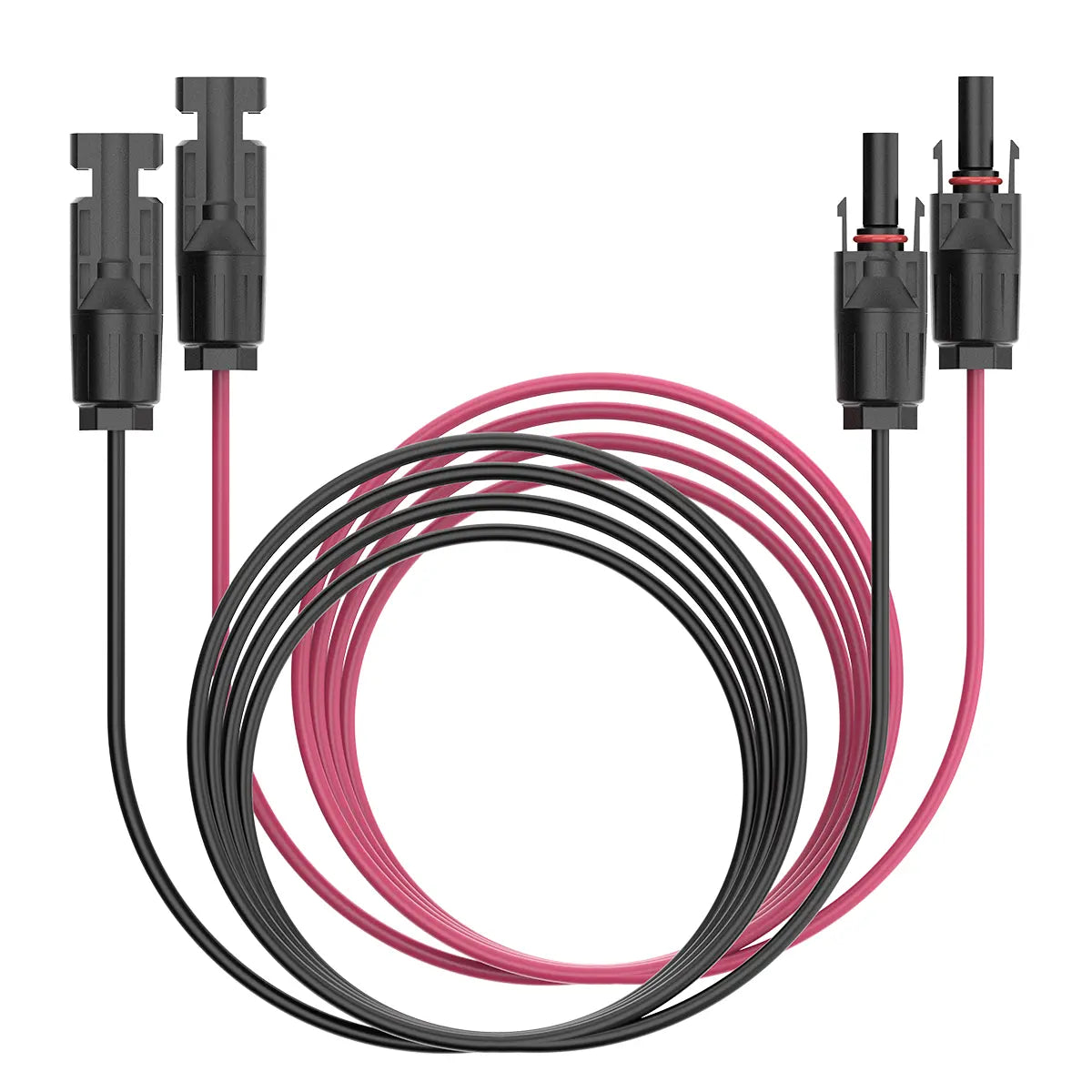
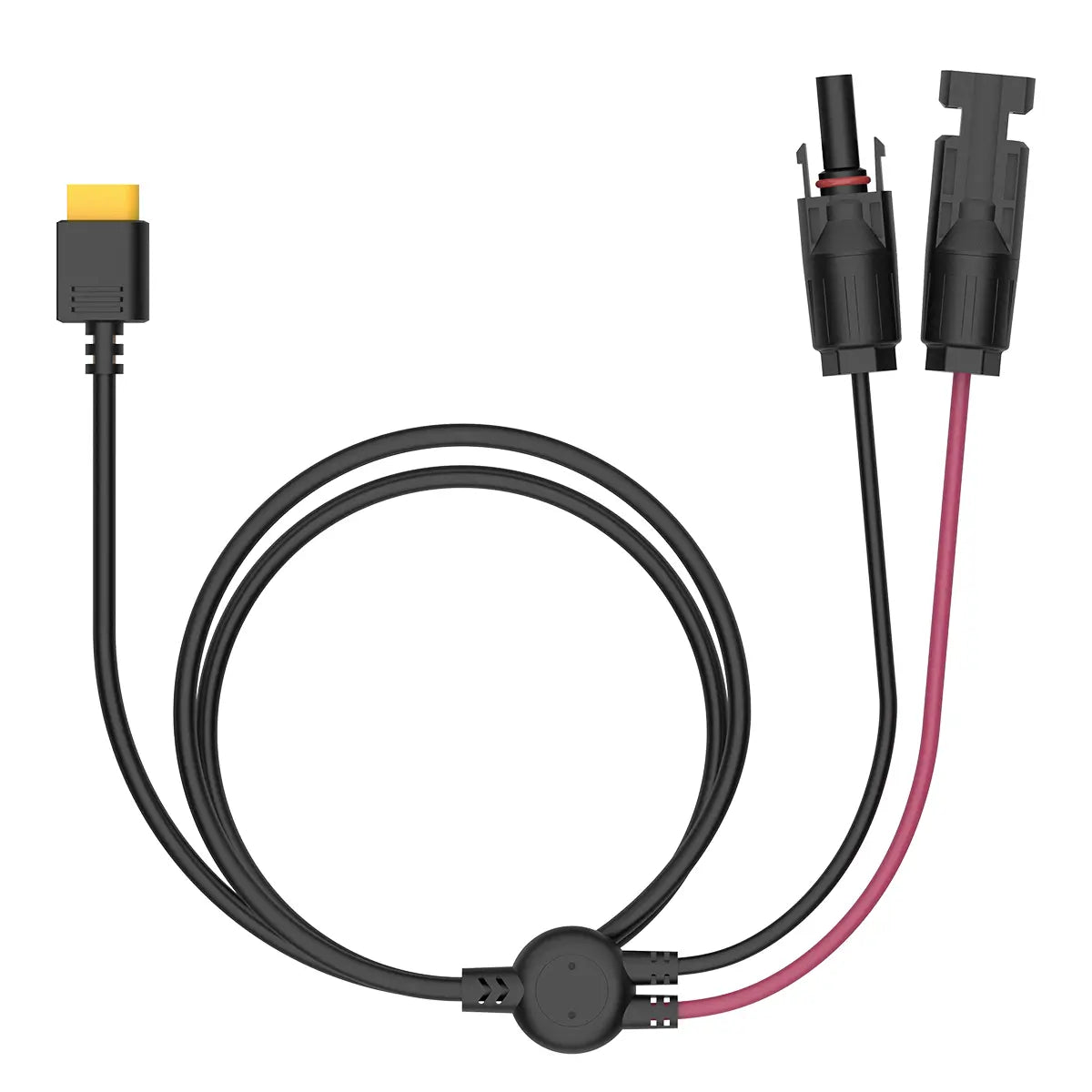

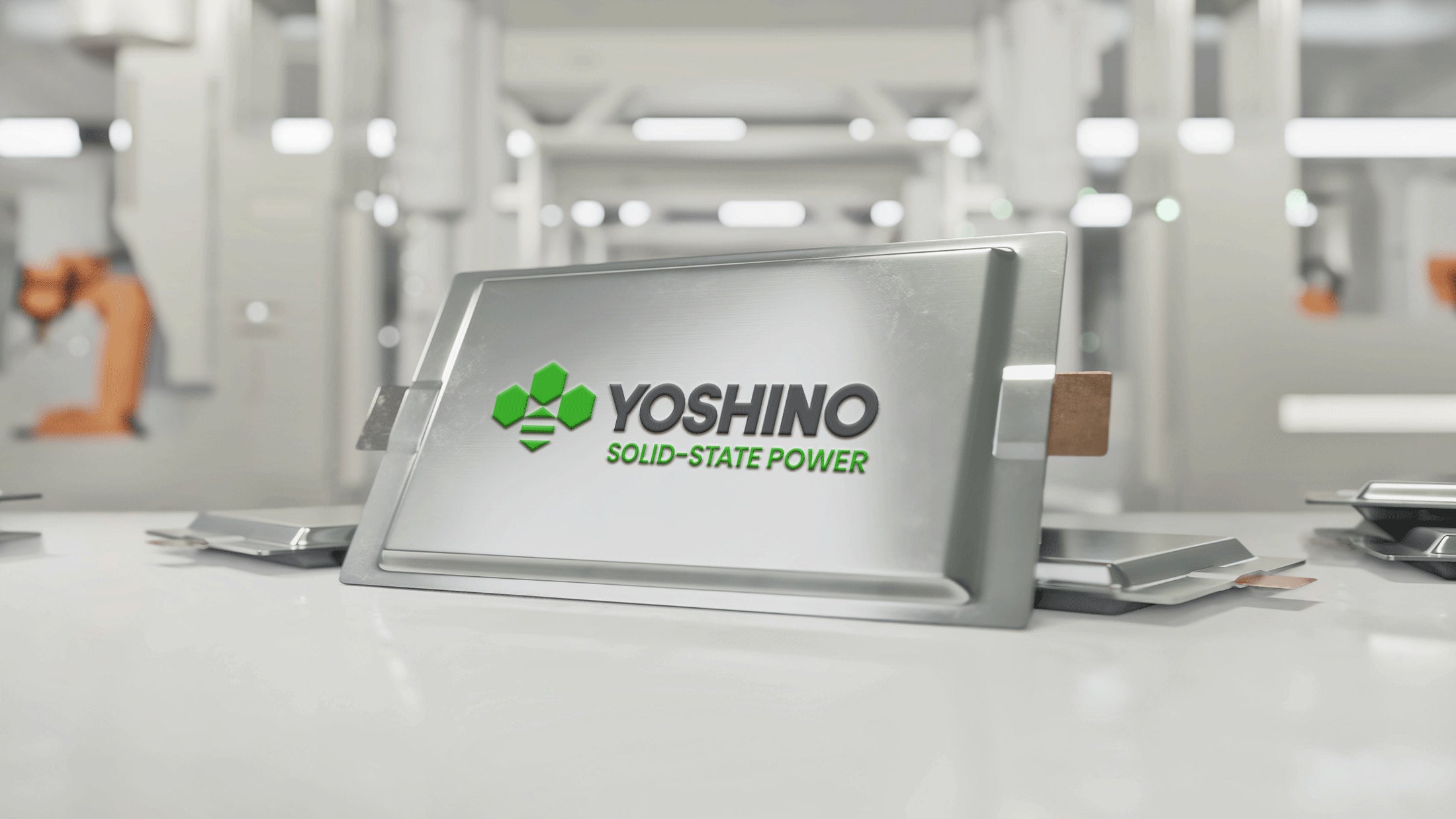
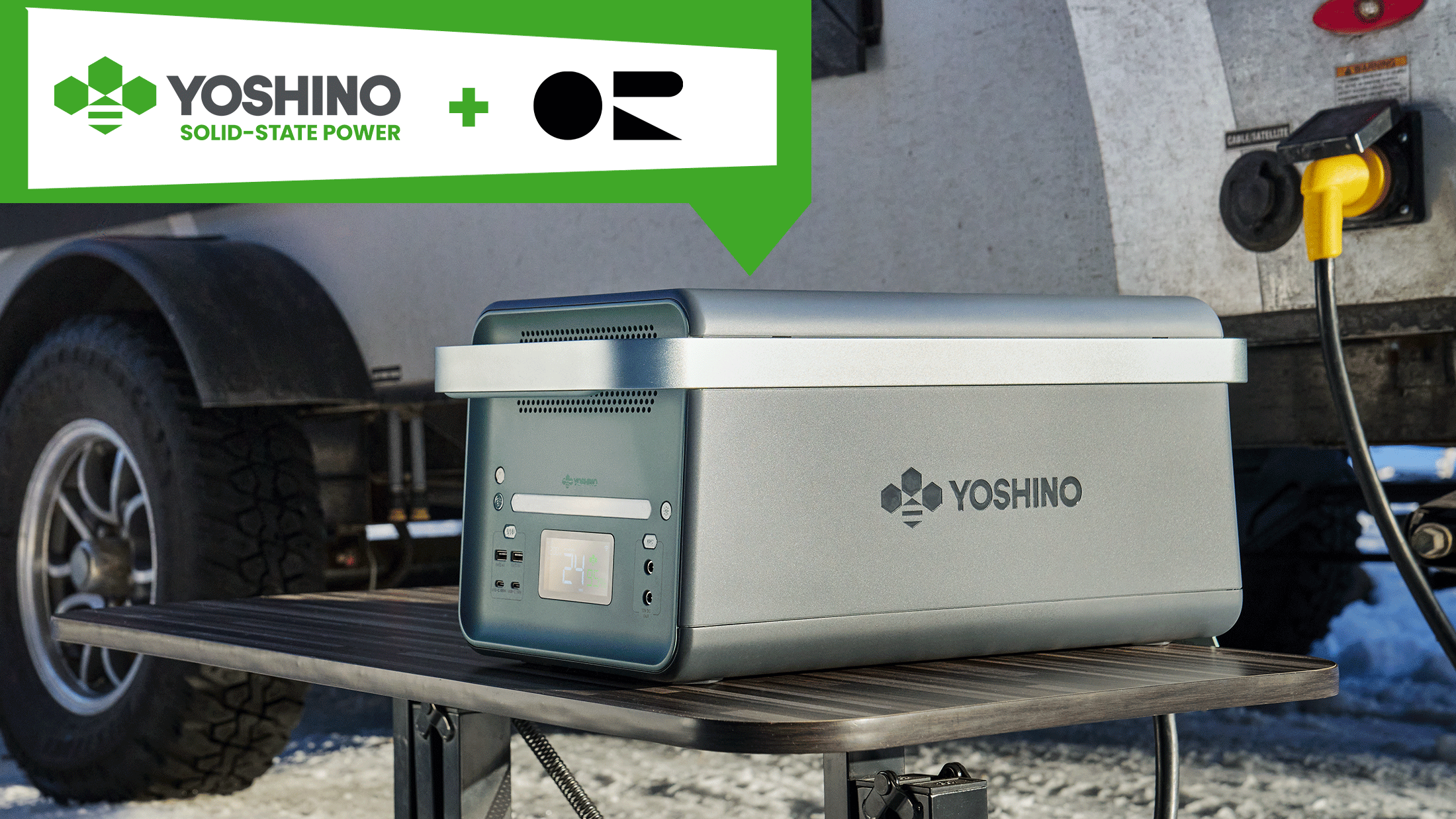
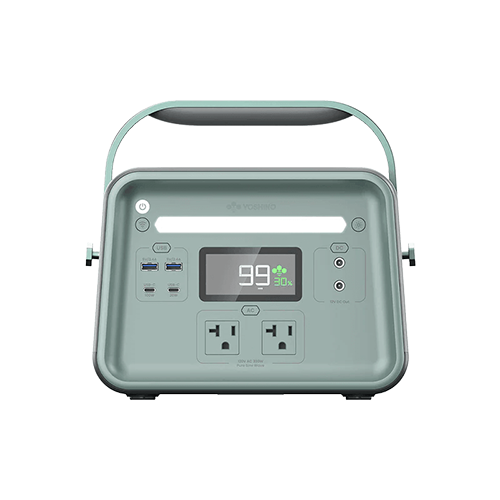
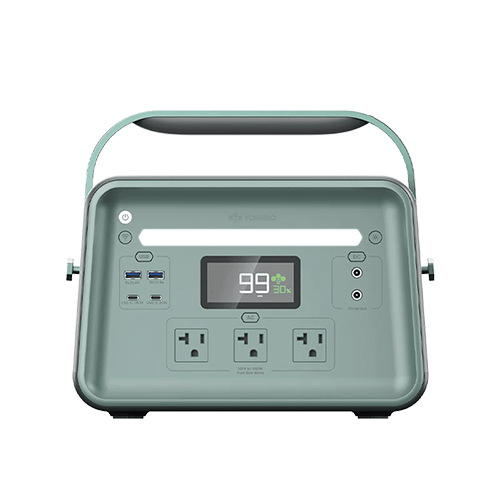
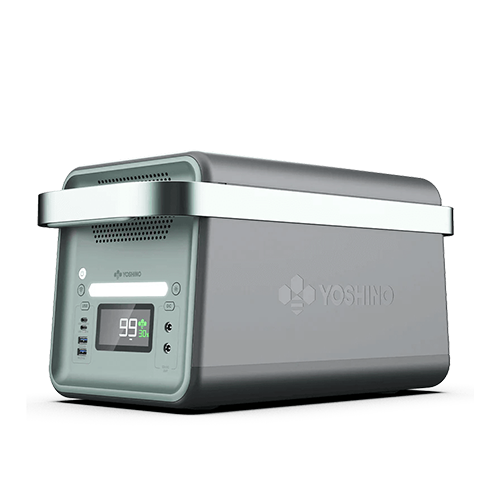
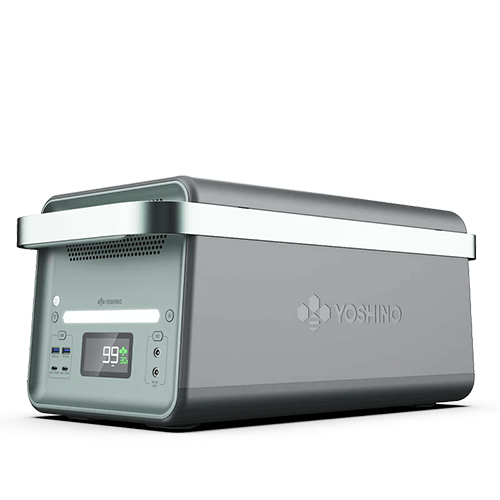
Leave a comment
This site is protected by hCaptcha and the hCaptcha Privacy Policy and Terms of Service apply.